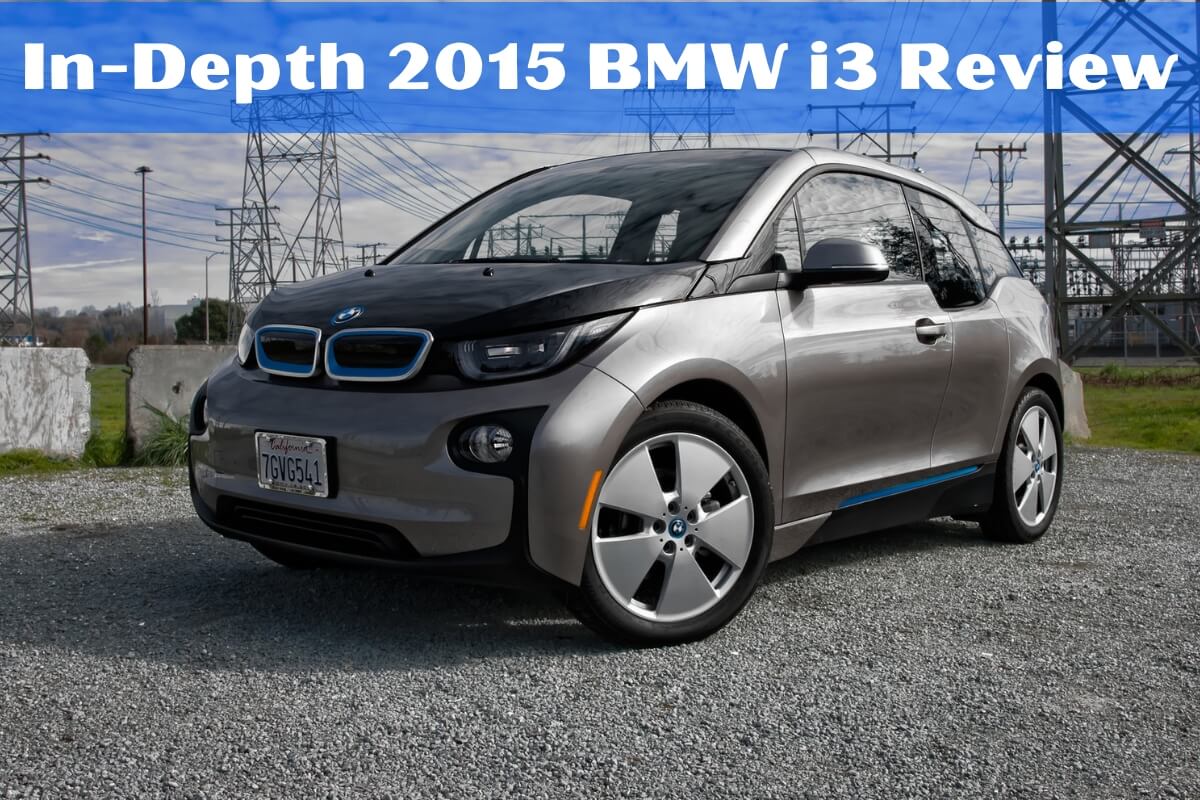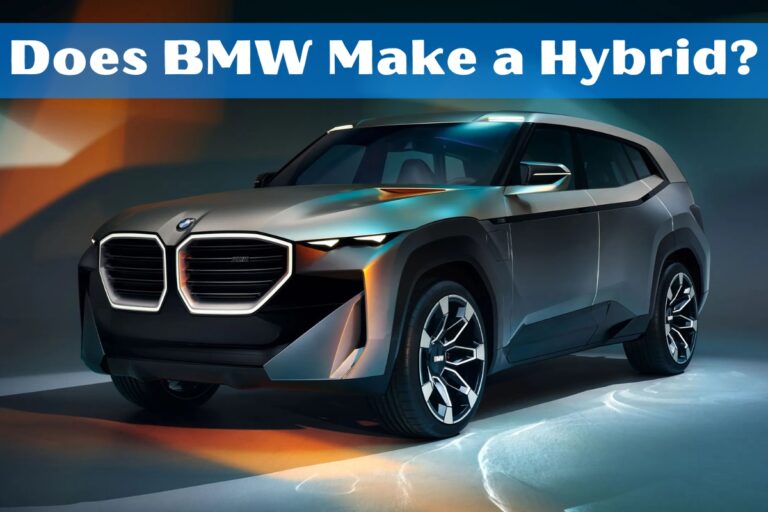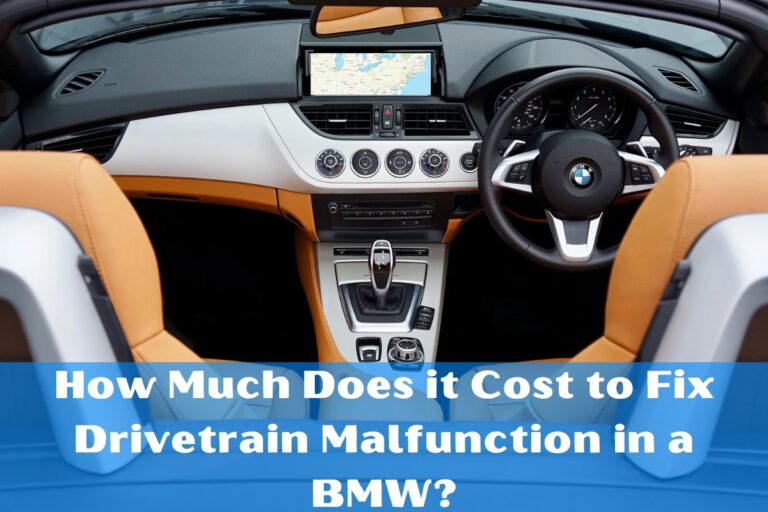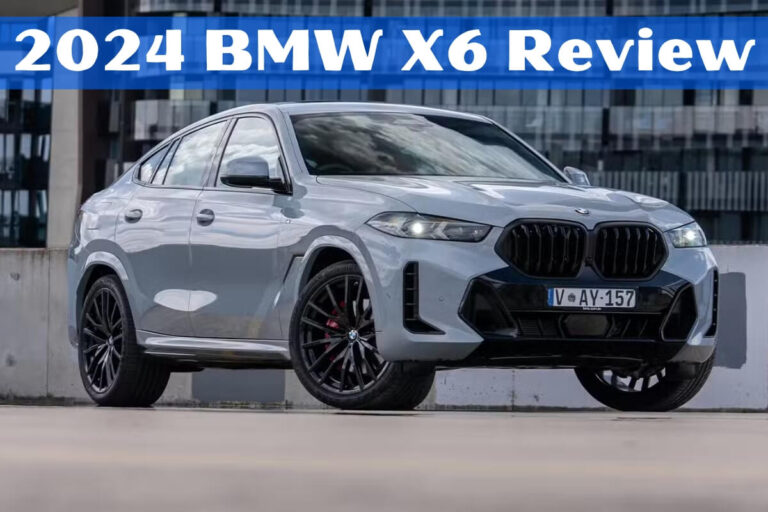In-Depth 2015 BMW i3 Review: A Closer Look at BMW’s Innovative Electric Car

The automotive industry has been witnessing a significant shift towards sustainability and eco-friendly transportation solutions. As concerns over carbon emissions and environmental impact continue to grow, major automakers are investing heavily in electric vehicles (EVs). One of the pioneers in this space is BMW, which introduced its first fully electric production vehicle, the i3, in 2013.
The 2015 BMW i3 was a game-changer in the world of electric cars, offering a unique blend of innovative design, impressive performance, and eco-friendly features. But how well did it hold up in real-world conditions, and was it worth the investment?
In short, the 2015 BMW i3 was a remarkable achievement, combining cutting-edge technology with BMW’s signature driving dynamics and luxury appeal. While it had its limitations, such as a relatively short range, the available range extender option and the overall driving experience made it a compelling choice for urban dwellers and eco-conscious buyers.
Exterior Design: A Futuristic and Stylish Approach
The 2015 BMW i3 stood out with its distinct and modern exterior styling. Its compact dimensions and unique design elements, such as the rear-hinged doors, made it instantly recognizable on the road. The i3’s sleek lines and aerodynamic shape not only looked futuristic but also contributed to its impressive energy efficiency.
While the i3’s exterior design was polarizing, with some praising its boldness and others finding it quirky, it undoubtedly captured attention and reflected BMW’s commitment to pushing boundaries in automotive design.
Interior Design: Innovative and Eco-Friendly
Step inside the 2015 BMW i3, and you’ll be greeted by a spacious and well-designed interior that seamlessly blends innovation and sustainability. The cabin was crafted using recycled and sustainable materials, showcasing BMW’s commitment to eco-friendliness without sacrificing luxury or comfort.
The standout feature of the i3’s interior was its advanced infotainment system and digital displays. The floating screens and intuitive controls gave the cabin a modern and tech-savvy feel, while still maintaining the premium ambiance expected from a BMW.
Despite its compact footprint, the i3 offered ample space for four passengers, with generous headroom and legroom. The rear seats could fold flat, providing a versatile cargo area for hauling larger items when needed.
Performance and Driving Experience
Under the hood (or rather, the floor), the 2015 BMW i3 packed a powerful punch. Its electric motor delivered 170 horsepower and an impressive 184 lb-ft of torque, propelling the car from 0 to 60 mph in just 6.6 seconds (7.1 seconds for the range extender model). This level of acceleration was on par with many gasoline-powered sports cars, making the i3 a thrill to drive in city traffic.
But the i3 wasn’t just about straight-line speed. Its low center of gravity and precise steering provided nimble handling and a responsive driving experience, true to BMW’s “Ultimate Driving Machine” philosophy. The regenerative braking system also added to the engaging driving dynamics, allowing for one-pedal operation in many situations.
For those concerned about range anxiety, BMW offered the i3 with an optional range extender, a small gasoline-powered generator that kicked in when the battery was depleted. While it compromised performance slightly, the range extender provided peace of mind for longer journeys, effectively doubling the i3’s range.
How Far Can the 2015 BMW i3 Go on a Single Charge?
One of the biggest considerations for potential EV buyers is range, and the 2015 BMW i3 didn’t disappoint in this regard. According to EPA estimates, the i3 could travel up to 81 miles on a single charge, which was respectable for its class and price point.
However, real-world range varied depending on driving conditions, climate, and individual driving styles. Many reviews and owner reports indicated that the i3 could easily exceed the EPA estimate in ideal conditions, with some owners reporting ranges of over 100 miles on a single charge.
The optional range extender was a game-changer for those who needed to travel longer distances. With the gasoline generator engaged, the i3’s range could be extended by an additional 70-80 miles, providing a total potential range of around 150 miles or more.
Charging and Battery Life
Like any electric vehicle, the 2015 BMW i3 required regular charging to keep its battery pack topped up. BMW offered several charging options, including a standard 120V household outlet (Level 1), a 240V Level 2 home charging station, and DC Fast Charging capabilities.
Using a Level 1 charger, a full charge could take over 20 hours, making it impractical for daily use. The Level 2 charger, which was recommended for home installation, could fully charge the i3 in around 4-5 hours, while DC Fast Charging stations could replenish the battery to 80% in as little as 30 minutes.
Regarding battery life, BMW offered an 8-year/100,000-mile warranty on the i3’s battery pack, providing peace of mind for long-term ownership. With proper care and maintenance, the battery was expected to retain a significant portion of its capacity even after several years of use.
Is the BMW i3 Reliable?
When it comes to reliability, the 2015 BMW i3 performed admirably, with reputable sources like RepairPal giving it high ratings. According to surveys, the i3 had fewer issues than many of its luxury compact car competitors, with most problems being minor and easily fixable.
However, it’s worth noting that the i3’s advanced technology and electric powertrain meant that repairs could be more expensive than traditional gasoline-powered vehicles. Additionally, some owners reported issues with the electrical systems, such as windows operating unexpectedly or warning lights malfunctioning.
Overall, the i3’s build quality and attention to detail were on par with BMW’s high standards, and with proper care and maintenance, it proved to be a reliable and dependable electric vehicle.
Safety Features and Ratings
Safety was a top priority for BMW when designing the 2015 i3. The car’s advanced construction, utilizing lightweight yet strong carbon fiber and aluminum, provided excellent structural rigidity and occupant protection in the event of a collision.
Standard safety features included anti-lock brakes, stability control, front and side airbags, and BMW’s Assist eCall emergency response system. Additional available features like parking sensors, a rearview camera, and advanced driver assistance systems like lane departure warning and forward collision warning with automatic braking further enhanced the i3’s safety credentials.
In crash tests conducted by the National Highway Traffic Safety Administration (NHTSA) and the Insurance Institute for Highway Safety (IIHS), the 2015 BMW i3 performed exceptionally well, earning top ratings in most categories.
Pricing and Value
When it came to pricing, the 2015 BMW i3 was positioned as a premium electric vehicle, with a starting MSRP of $42,400 for the base model and $46,250 for the range extender version. While this was higher than some mainstream EVs on the market, the i3 offered a unique combination of luxury, performance, and cutting-edge technology that justified its price tag.
Compared to other BMWs in the luxury compact car segment, the i3 represented excellent value, especially when factoring in potential tax credits and incentives for electric vehicles. In many states, buyers could qualify for substantial rebates and tax credits, further offsetting the i3’s initial cost.
Additionally, the i3’s impressive energy efficiency and low operating costs made it an attractive long-term investment for eco-conscious buyers looking to reduce their carbon footprint and save on fuel expenses.
Who Should Consider the 2015 BMW i3?
The 2015 BMW i3 was a versatile electric vehicle that could appeal to a wide range of buyers. Its compact size, agile handling, and silent electric operation made it an ideal choice for urban dwellers and city commuters looking to navigate crowded streets with ease.
Eco-conscious buyers who prioritized sustainability and reducing their environmental impact would also find the i3 an attractive option, thanks to its innovative construction and zero-emissions electric powertrain.
Tech enthusiasts and early adopters were drawn to the i3’s cutting-edge design and advanced features, like the intuitive infotainment system and regenerative braking technology. However, the i3’s unconventional styling and compact dimensions also raised some concerns about its practicality and appeal to mainstream consumers.
Despite these reservations, the i3 quickly gained a loyal following among environmentally conscious buyers who appreciated its zero-emissions electric powertrain and sustainable materials like recycled plastics and renewable plant-based fibers used throughout the interior. Critics praised the i3’s nimble handling and instant torque delivery, which made it surprisingly fun to drive around city streets.
Sales and Market Reception
When it first hit the market in 2013, the BMW i3 faced few direct competitors in the affordable electric vehicle segment. Early sales were modest but steady, bolstered by generous government incentives for electric cars in many markets. By 2016, global sales had surpassed 100,000 units as the i3 gained wider recognition.
However, the arrival of longer-range, similarly priced rivals like the Chevrolet Bolt EV and Tesla Model 3 in subsequent years put pressure on the i3’s market positioning. BMW responded by increasing the i3’s battery capacity through model year updates, improving range and quickness. But some analysts argued BMW should have invested more aggressively in advancing the i3’s design and technology to keep up with the rapidly evolving EV market.
Legacy and Impact
While the BMW i3 never achieved blockbuster sales figures, its significance lies in its role as one of the first mass-produced electric vehicles purposefully designed from the ground up, rather than adapted from an existing gasoline-powered platform. The i3 proved that sustainable mobility did not have to sacrifice premium brand cachet or driving enjoyment.
Its innovative use of carbon fiber reinforced plastic and aluminum helped offset the weight penalties of its battery pack, keeping the vehicle light and efficient. And the coaching and ECO PRO driving modes gave owners tools to maximize the i3’s limited range based on their driving styles.
The i3 also showcased novel sustainable interior materials and production processes, influencing the integration of recycled and renewable resources into many subsequent vehicle designs across various manufacturers. Its distinctive styling served as BMW’s brand ambassador for EVs while broadening perceptions of what an electric car could be.
While the i3 will eventually be phased out as BMW shifts focus to its upcoming Neue Klasse dedicated EV platform, its pioneering role as a premium urban electric runabout has cemented its place as an influential milestone on the road to widespread electric mobility.
In Summary
The BMW i3 may not have ignited an electric vehicle revolution on its own, but it played a pivotal part in helping transform EVs from a niche curiosity into a viable mainstream reality. As one of the first serious premium brand entries into affordable electrification, the i3 spearheaded significant advancements in EV design, efficiency, and sustainable materials.
Its avant-garde looks and “new energy” driving experience opened minds to the artistic and performance possibilities of electric drivetrains. And its relative sales success demonstrated there was genuine demand for premium EVs beyond just eco-conscious buyers if priced and engineered competitively.
Though its impact was somewhat diminished by later, longer-range competitors, the i3 paved the way for legacy automakers to embrace electrification as a core part of their future strategies. It will be remembered as an important catalyst product that proved the skeptics wrong and accelerated the acceptance of EVs as daily driver options even for discerning, performance-minded buyers. The BMW i3 embodied the spirit of innovation and marked the start of a new era in personal electric mobility.






